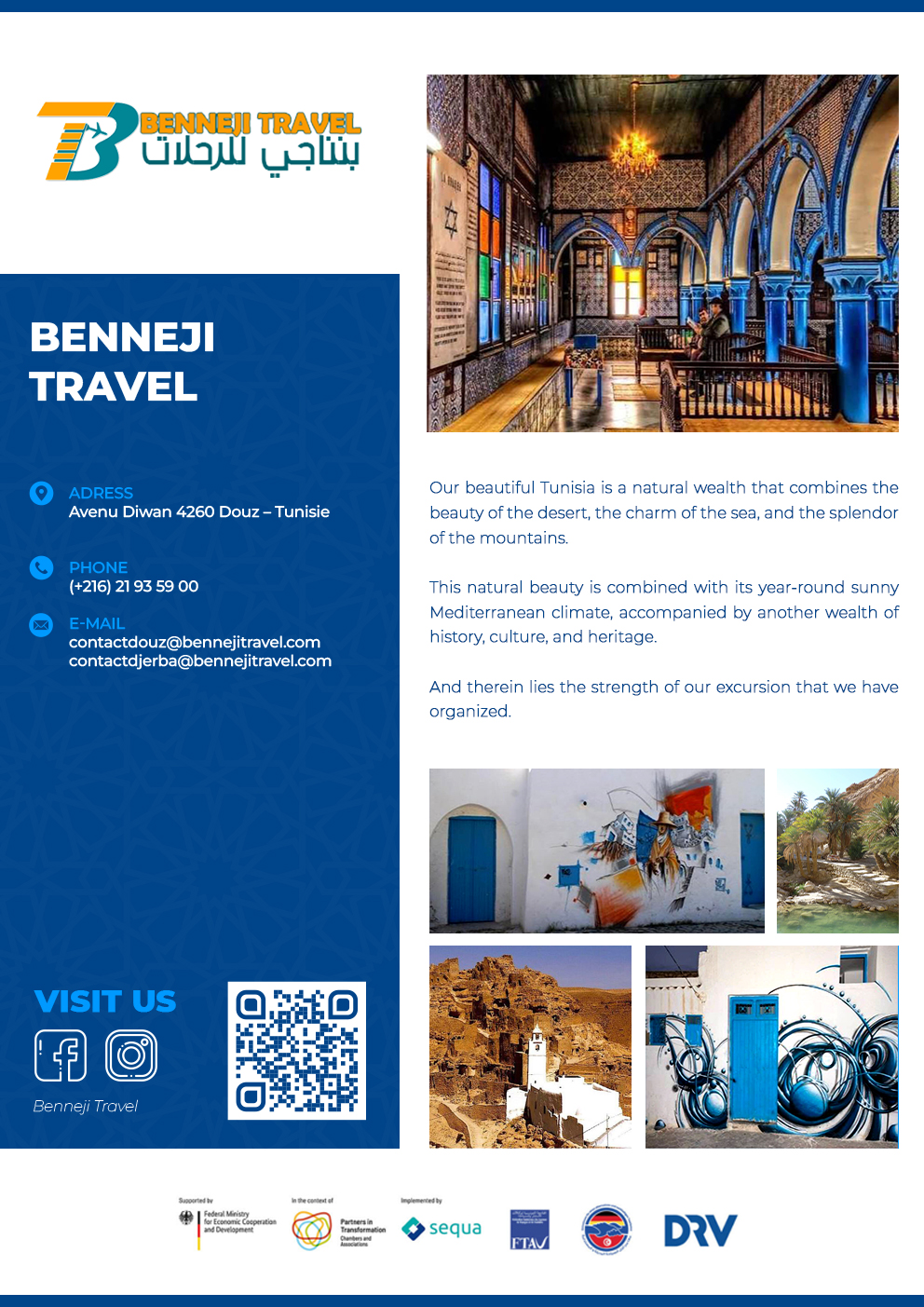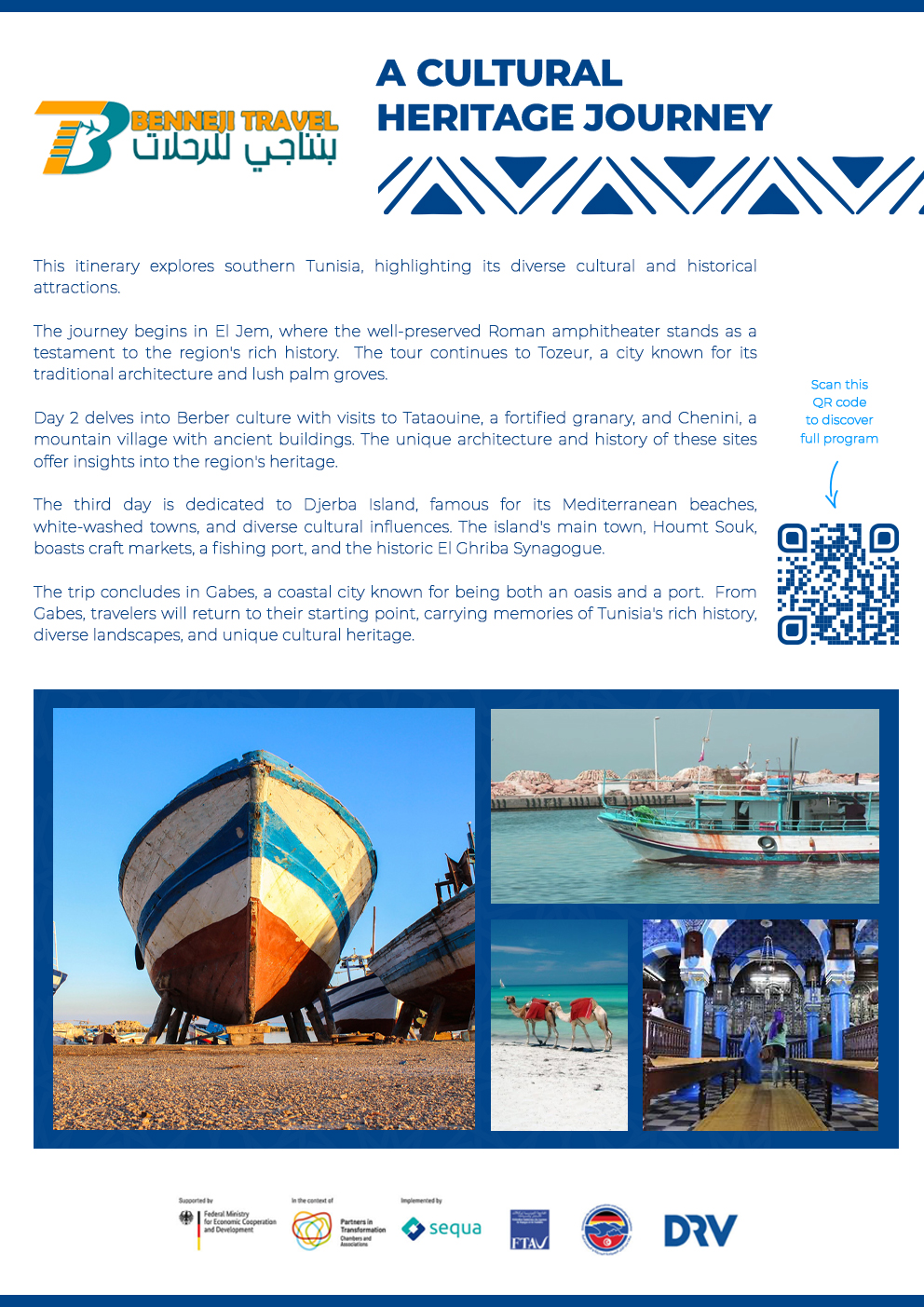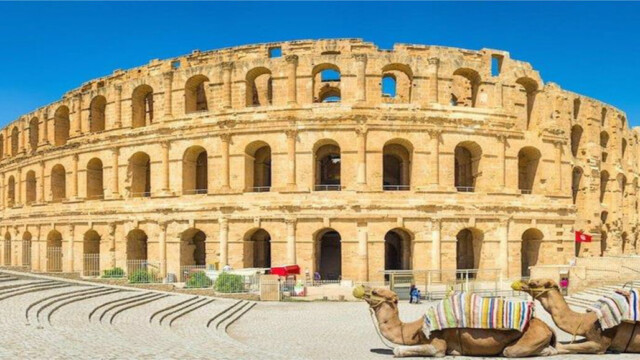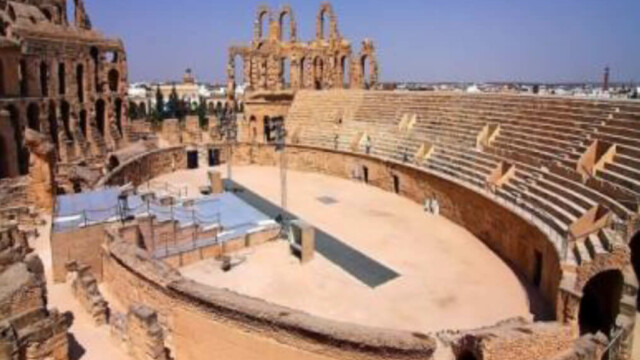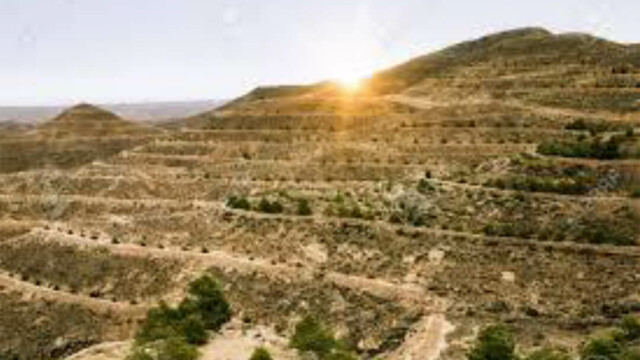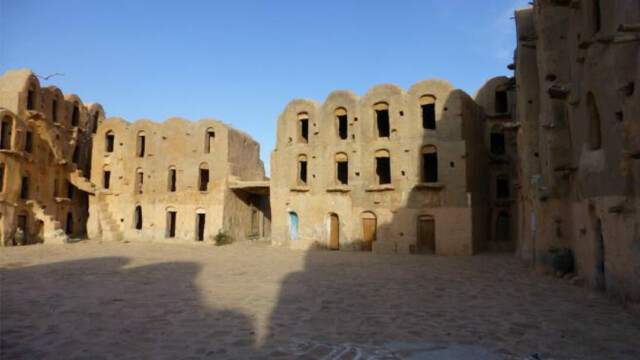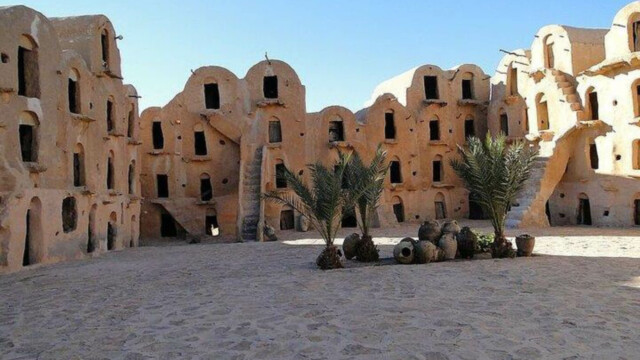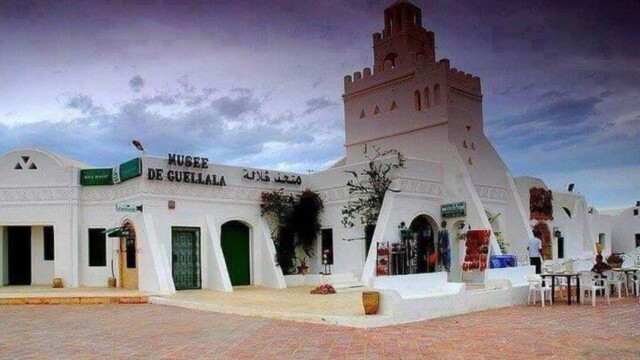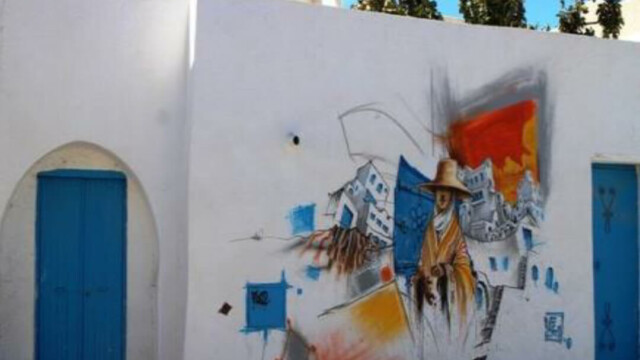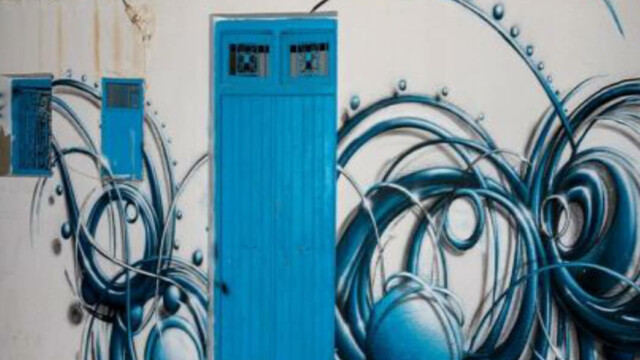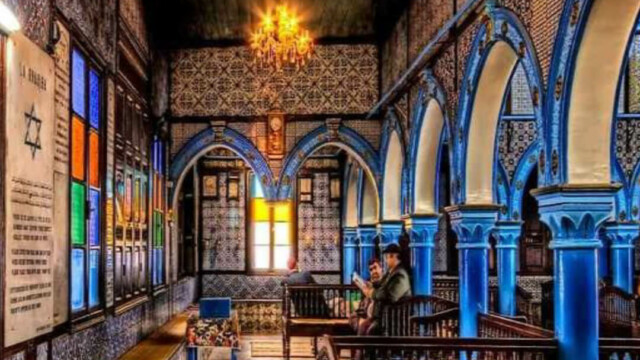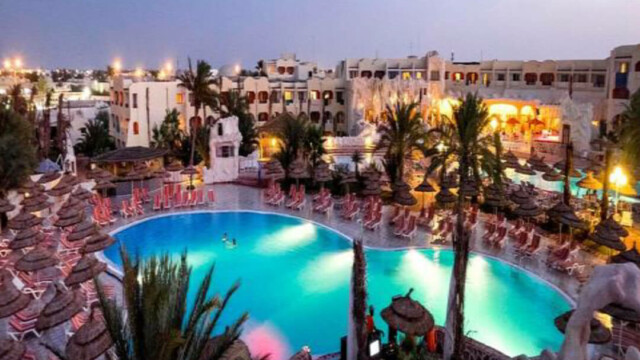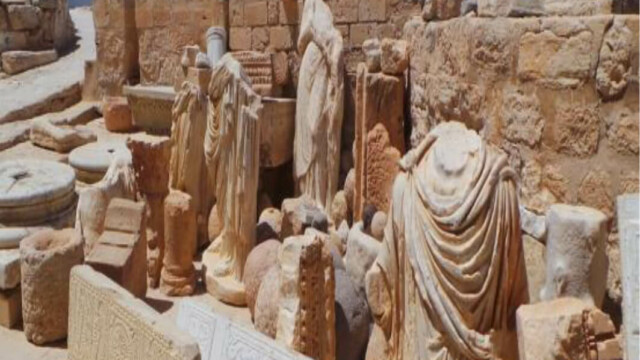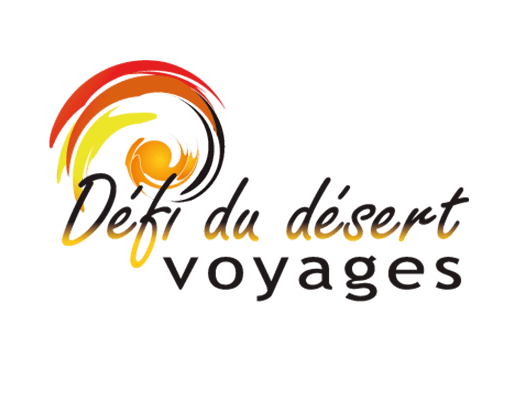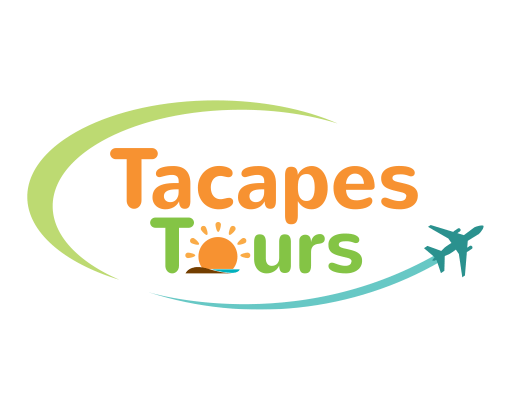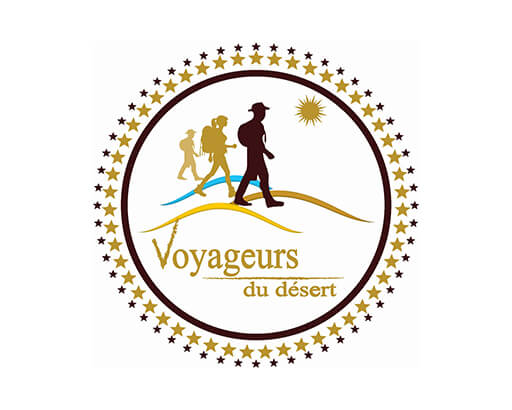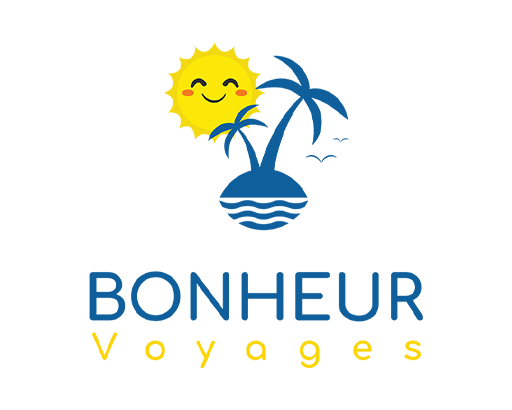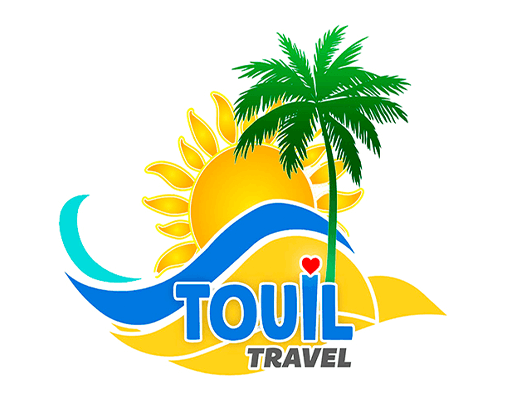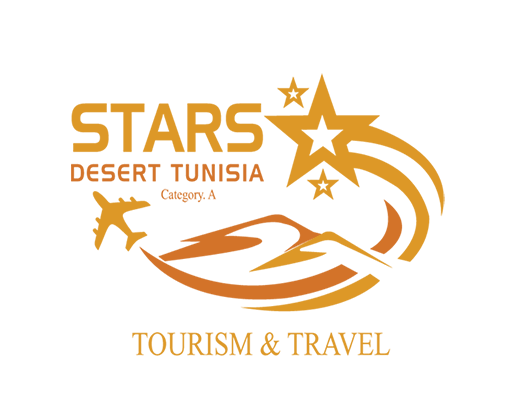4-day tour: Sahara and the island of Djerba from Tunis and Hammamet
Adventure
Cultural
Circuit info
Our beautiful Tunisia is a natural wealth that combines the beauty of the desert, the charm of the sea, and the splendor of the mountains. This natural beauty is combined with its year-round sunny Mediterranean climate, accompanied by another wealth of history, culture, and heritage. And therein lies the strength of our excursion that we have organized.
Planning
Day 1
Amphitheater of El Jem Matmata and Ksar Ghilane
Sousse, Gabes, Tozeur
The Amphitheater of El Jem is an exceptional testimony of Roman architecture, especially the monuments built for display purposes in Africa. This amphitheater, entirely built of hewn stone, is located in a plain in the center of Tunisia and is neither dug nor leaning against a hill. It takes inspiration from the Colosseum in Rome, without being a simple exact copy of the Flavian structure. Its dimensions (long axis 148 meters and short axis 122 meters) and its capacity (estimated 35,000 spectators) undoubtedly place it among the largest amphitheaters in the world.
Day 2
A Berber Heritage
Tataouine
The Governorate of Southern Tunisia is one of the most important tourist centers due to the richness of its archaeological and historical reserves and the ecological and environmental diversity it contains. Tataouine is characterized by the homogeneity of its Berber, Berber, and Arab population…
Ksar Ouled Soltane
Tataouine
Chenini
Tataouine
Chenini, this Berber-speaking Jewish village in southern Tunisia, 18 kilometers from Tataouine, was founded by mixed Berbers and Arabs in a mountainous area as it was built on a hill. The oldest buildings date back to the 12th century. It is spread over three levels and is dominated by the Chenni Palace, a castle ruin that undoubtedly served for the storage of plants such as oil, grain, spices, etc. living in the valley.
Djerba
Zarzis
Djerba is an island off the Tunisian coast known for its Mediterranean beaches and white desert towns influenced by Berber, Arab, Jewish, and African cultures. The main town is Houmt Souk. It is famous for its craft markets, fishing port, and the 16th-century Borj el Kebir fortress. In the south is the El-Ghriba Synagogue, a pilgrimage site for North African Jews.
Day 3
Guellala Museum (Visit 90 min)
Djerba
The Guellala Museum is an ethnographic museum in Guellala, Tunisia
The Ghriba Synagogue (Visit 20 min)
Djerba
is a Tunisian synagogue that is one of the most important identity markers of the Jews of Djerba, one of the last living Jewish communities in the Arab world. It is the subject of an annual pilgrimage on the Jewish holiday of Lag Ba’omer, which brings together several thousand pilgrims.
Djerbahood (Visit 90 min)
Djerba
is an urban art event where artists from around the world take over the Tunisian village of Erriadh on the island of Djerba to produce 250 works created for this occasion. It was launched in June 2014 by the Itinérance Gallery of Paris.
Houmt Souk (Visit 90 min)
Djerba
Houmt Souk is the administrative capital of the Tunisian island of Djerba. It is located about twenty kilometers from Ajim (arrival point on the island by ferry) and El Kantara (arrival point on the island via the so-called Roman road). It is the capital of the municipality of Djerba-Houmt Souk, which is both the capital of a delegation and the seat of a municipality with four districts for 75,904 inhabitants (2014) and covers an area of 176.54 km2, not including the
Mezraya district. The city of Houmt Souk alone had 44,555 inhabitants in 2004.
Day 4
Return via Gabès – Hammamet
Gabès, Hammamet
Gabes is a city in the southeast of Tunisia. Gabes is the largest city in southern Tunisia after Sfax and is characterized by being both an oasis and a port city. This port function dates back to the industrial development of the 1970s.
